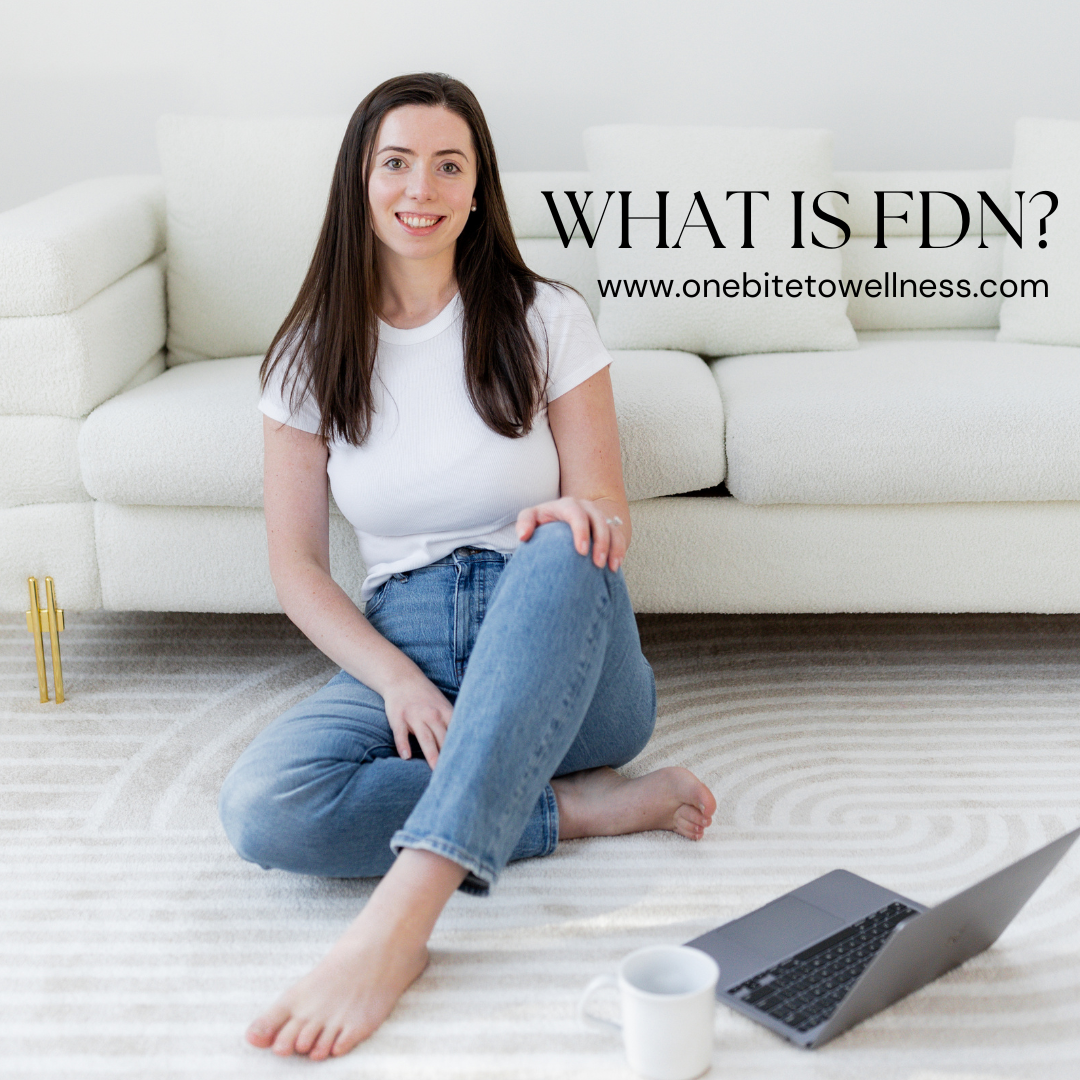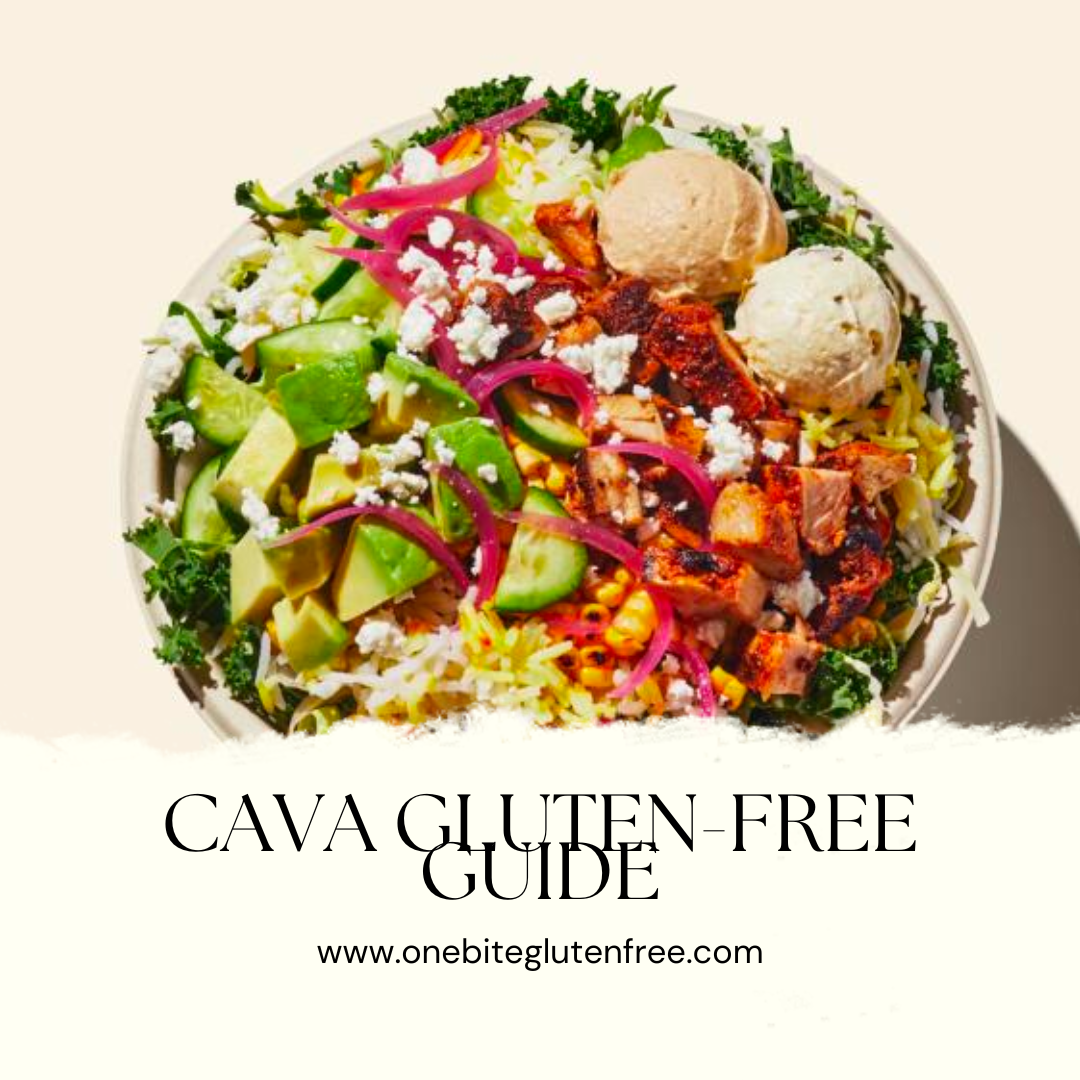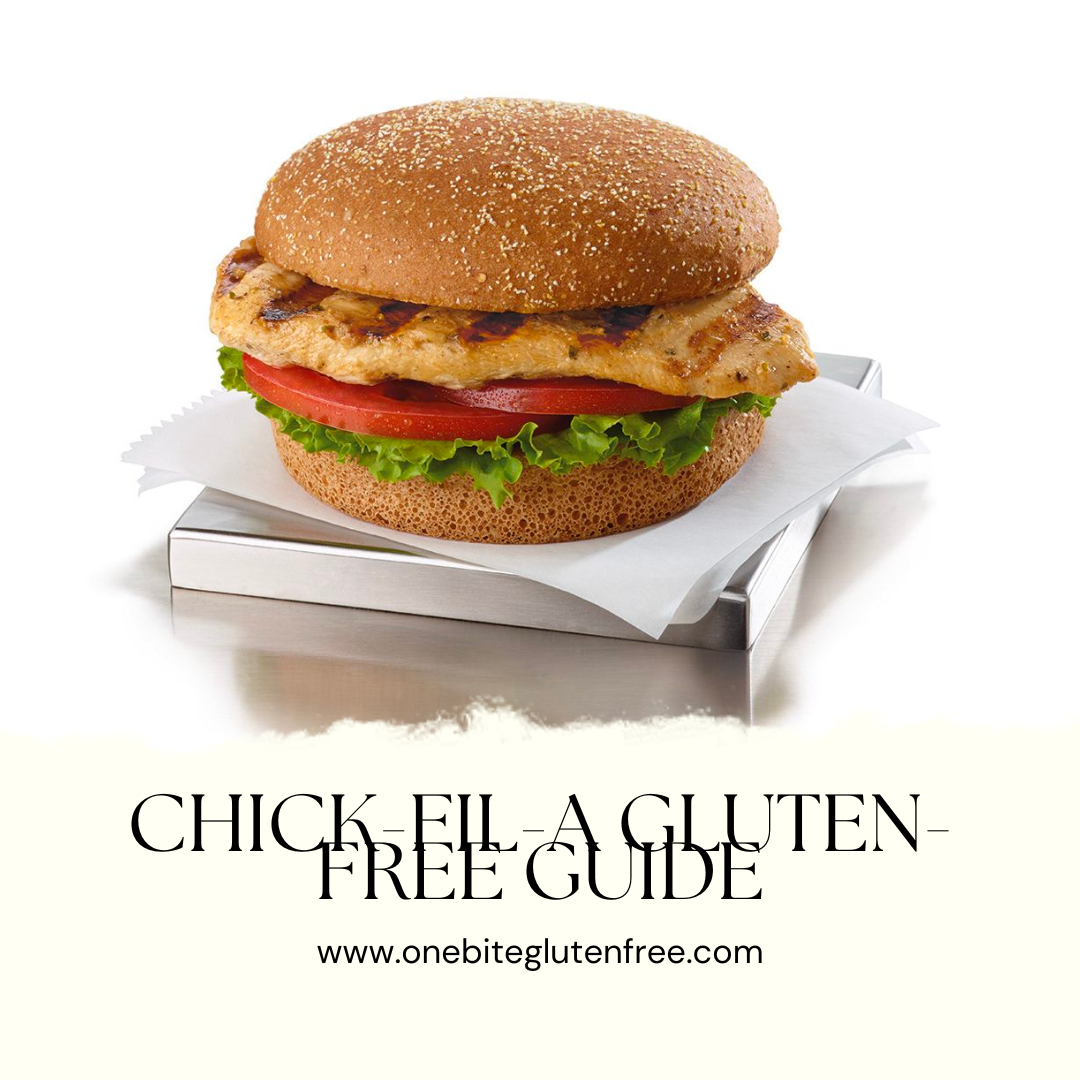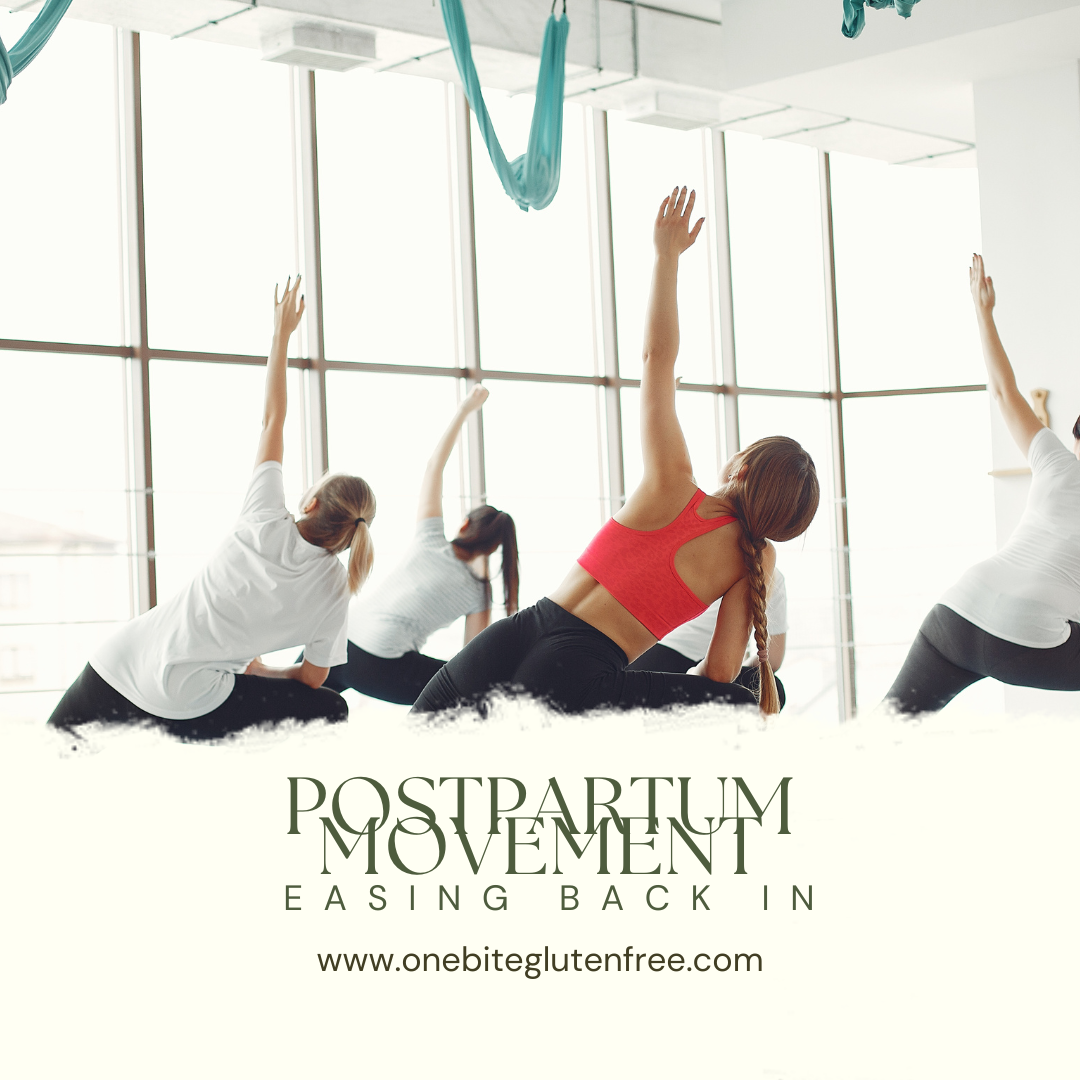Navigating the postpartum period can be an incredibly challenging time, especially when it comes to returning to physical activity.
After giving birth, I was healing in so many ways and I knew I had to approach exercise with care and patience. Movement is a vital part of my physical and mental wellbeing, so I wanted to be sure I approached it the right way so as to not set myself back further. Below is a detailed account of my journey back to movement and exercise after childbirth. Please make sure to consult with your OB/Midwife as everyone’s journey is so different!
This post may contain affiliate links. For more information, read my disclosures here.
Weeks 2-3: The Very Beginning
I started my journey with very short stroller walks down the street, every couple days. These initial walks were quite an eye-opener. Despite the short distance and slow pace, I found myself sore and had to skip the next day (or two) to recover. As much as I wanted to get outside to stretch my legs and get some fresh air, it was so important to listen to my body in this time.
Weeks 4-6: Gradual Progress
Around week four, I began to slowly increase the distance and speed of my walks. While I felt more comfortable on the walks, I still had to space them out due to lingering soreness. Progress was gradual, and I had to remind myself that patience was key.
Weeks 7-8: Building Endurance
By weeks seven and eight, I was able to walk 2-3 miles without much trouble, though I still experienced soreness the next day. During week seven, my midwife cleared me to start working out when I felt ready, which was a significant milestone in my recovery. I was eager to get back into a routine, but knew I still didn’t feel physically ready for more than walks. My midwife also recommended pelvic floor physical therapy to aid in my recovery and help me get back to exercise safely.
Week 10: Physical Therapy and Sculpt Society Program
During week ten, I began postpartum and pelvic floor physical therapy, and I also started the postpartum program on The Sculpt Society (you can use this link for a month free!). These two approaches complemented each other beautifully. The Sculpt Society program included gentle exercises to return to movement slowly, with a focus on the pelvic floor and deep core, while the physical therapy sessions were personalized to my specific needs.
After just a couple of weeks in the program and PT, I was able to start taking daily walks. By the end of the second week, I already felt like I was beginning to regain some of the strength I lost during pregnancy and postpartum.
Week 13: Reintroducing Workout Classes
In week thirteen, I ventured into short workout classes. Surprisingly, I felt stronger than I had anticipated and didn't need to modify the exercises as much as I thought I would. This was a huge confidence booster and a testament to the effectiveness of the combined approach of physical therapy and The Sculpt Society program. Plus, my son loves baby & me barre! ;)
Week 14: Wrapping Up the Program
I just finished the Sculpt Society program in week fourteen and am now slowly transitioning into regular workouts and classes, still in conjunction with physical therapy. My physical therapist has been instrumental in this process, teaching me how to engage my pelvic floor and deep core during workouts. She also provided me with specific stretches to aid my recovery.
Final Thoughts
Returning to exercise postpartum has required patience, persistence, and a lot of self-compassion. The combination of physical therapy (which has been amazing!) and a structured exercise program was crucial in helping me regain my strength and confidence. For any new mothers out there, remember to listen to your body, take things slow, and seek professional guidance. Your body is brand new now, and you likely won't be able to return to the level you were at before (or even during) pregnancy the second you're cleared to workout again. Your postpartum journey is unique, and it's essential to honor your body's pace as you rebuild your strength. And, another note to talk with your OB or midwife before starting any exercise!
Use
this link for a free month on
The Sculpt Society.
Explore more posts




ONE BITE TO WELLNESS
Write your caption hereButton
FUNCTIONAL NUTRITION
Write your caption hereButton
HEALTH & WELLNESS
Write your caption hereButton
Subscribe to our newsletter for a FREE vitamins & minerals guide!
Email List
Thank you for subscribing! Download your free vitamins and minerals guide here.
Oops, there was an error subscribing.
Please try again!



